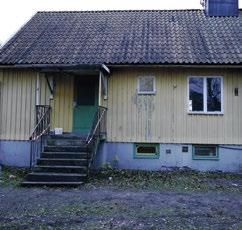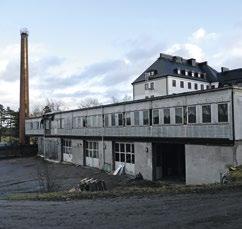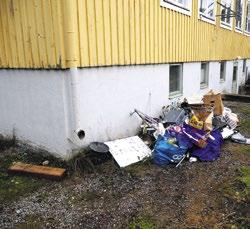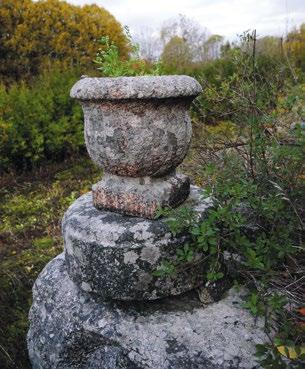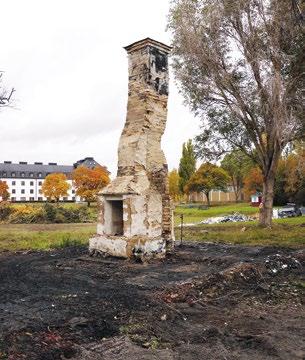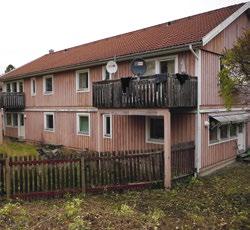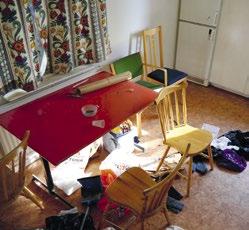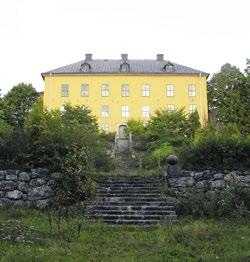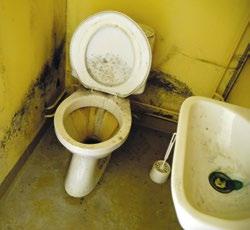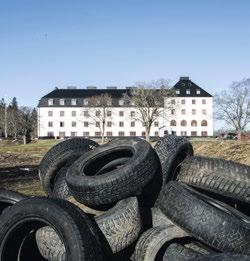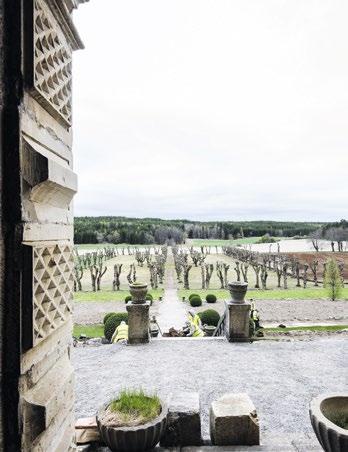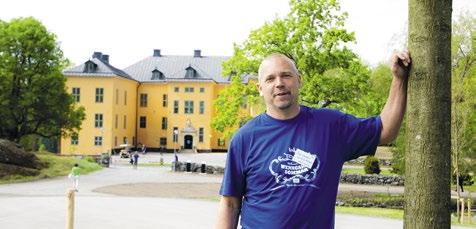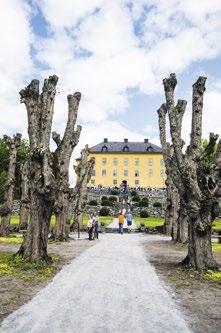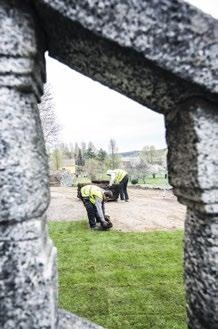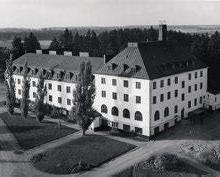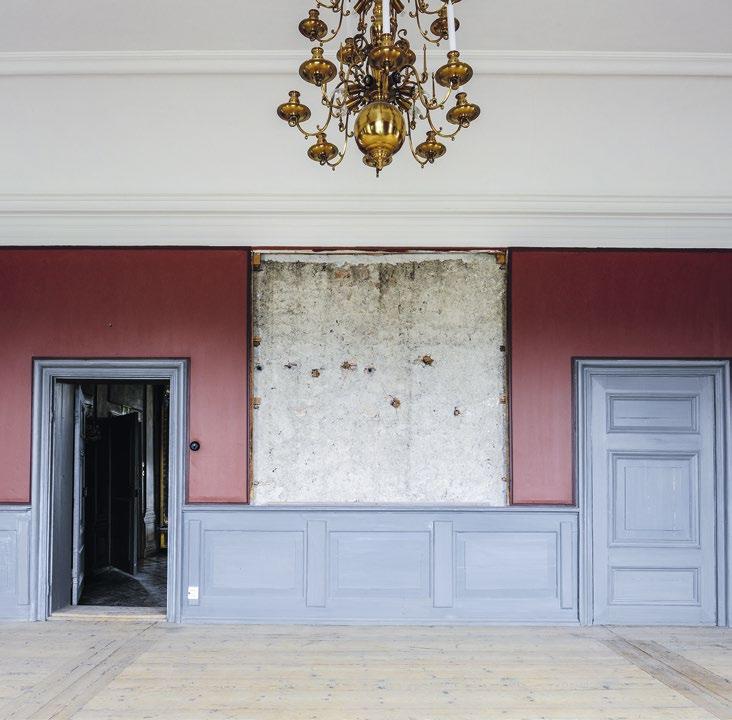
2 minute read
National treasure nearly ruined
An estate in beautiful surroundings that had been badly neglected and left to its tragic fate - that has been the fate of Wenngarn in recent times. The property’s value decreased greatly over many years - decay and neglect took a firm grip for over a decade. Here an important part of our Swedish cultural heritage has been abandoned, culturally and historically treasured estates and also a national monument, left to deteriorate.
In 1997 the property was purchased by Wenngarn AB for a sum of 26,5 million Swedish kronor. The company was founded in connection with the purchase of the castle. The company leased housing accommodation to people on the fringe of society, some of them with criminal lifestyles. The contrast between the well-kept society that once was Wenngarn, even though run by addicts during the 20th century forced labour, and the later landlords attempts to maintenance, is truly striking. One example of this is when an owner ended up in a dispute with Nationalmuseum (The National Museum) who had deposited artwork in the castle. The museum had to confiscate the artworks, amongst others the famous paintings in Disasalen (The Hall of Disa).
Advertisement
How could this happen? How could the prevailing norms in society be totally side-lined and allow the buildings to fall into such a ruinous state? How was it possible that some of the property at Wenngarn was more or less occupied by the inhabitants?
Despite warnings from Hyresgästföreningen (roughly translated: the Association of Tenants) in 2010 regarding the cultural and human dilapidation at Wenngarn no one got to grips with the problems. Hyresnämnden (The Commission of Tenants) denied a request for enforced management of the property with the motivation that the owner had a plan of action for the estate and that the estate manager had hired a company to supervise its maintenance. But these measures were never put into practice.
